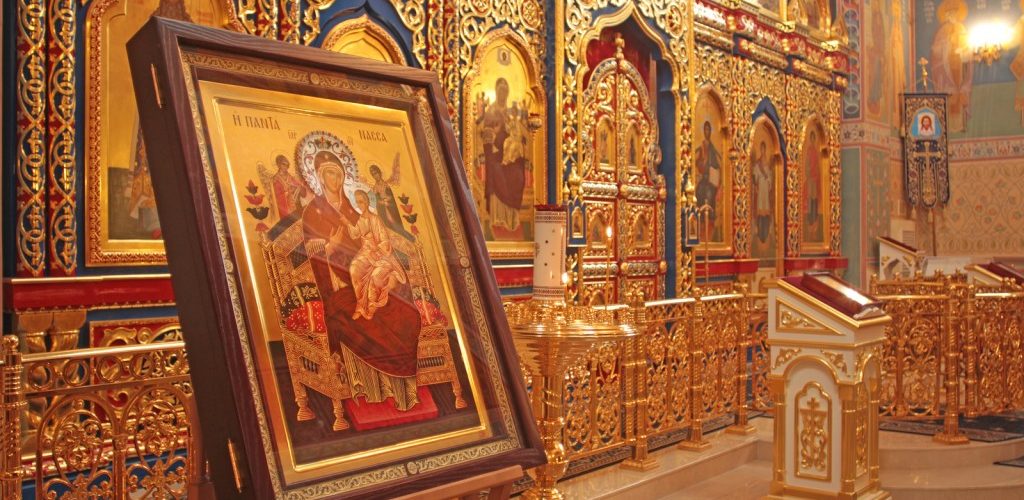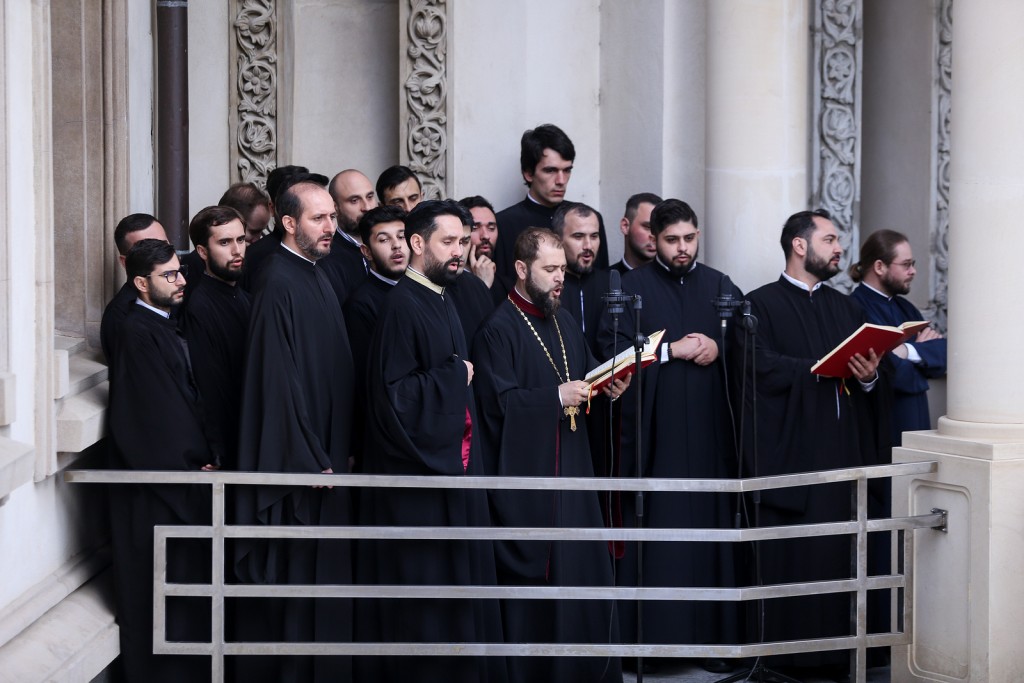The Diversity of Christian Art

Christianity has deep roots in the history of humanity. Originating in the 1st century, religion has survived through decades of struggle and years of patient work. Today, it is the world’s largest religion, with almost 2.5 billion followers. Like other religions, it has considerably influenced many nations, brought us a new understanding of the world, and enriched our cultural environment in many ways. This became possible largely due to Christian art, a sacred form of art that uses imagery and themes from Christianity.
Christian art takes many forms, from painting and sculpture to architecture and mosaics. In this blog post, we want to draw your attention to three of them: religious icon art, Christian poetry, and music.
Icon art
Icon painting is the most ancient form of Christian art. As you probably know, an icon is a hand-painted image with specific features that directly relate to religion. It is interesting that icons are made following a strict icon-painting canon that must be adhered to by all iconographers.
The settings, characters, and scenes depicted in the icons and other religious paintings nearly always tell us something from the life of Christ or the Old Testament. Accordingly, the most frequent images are Jesus Christ, the Virgin Mary, and saints. However, although most Christian icons are portrait-like, featuring one, two, or more figures, there are also lots of icons with narrative scenes. It is common for antique Russian icons, most widely spread in the countries of Eastern Christianity.
Christian poetry and music
In general terms, Christian poetry is any poetry that encompasses Christian dogmas, views, teachings, and morals. Reading such a poem might well surprise you, as you won’t find any direct references to, for example, the Bible. That is because the authors tend to use allegory in the rhymes that allude to the exact moments in the Bible.
As for music, it occupies a truly special place. There are four basic types of Christian music: praise, worship, lament, and penitence. The role of religious music differs depending on the place and context to which it applies. For example, it is common to use Christian music at ceremonies or other events related to the church or religion.
Christian art is rich and diverse. It is a completely new world where everyone can find something to their heart’s content.

